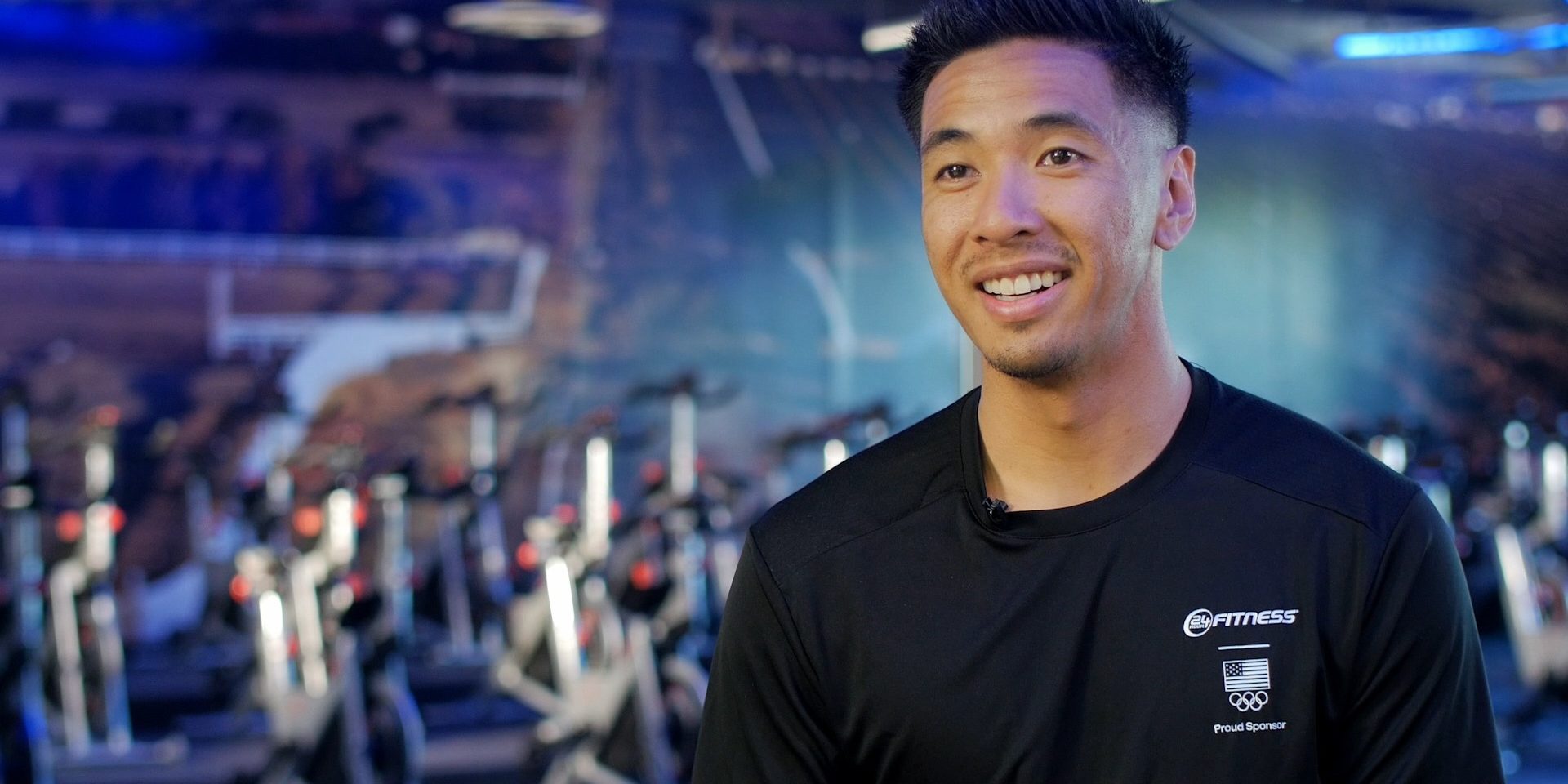How to Choose a Filming Location for a Culture Video
There are three critical technical aspects to filming a corporate culture video: audio, lighting, and your background.
When one of these is off, your video has the potential to be hard to hear, a little in the dark (or too much in the spotlight), and visually boring. What filming location you choose for a culture video needs to be mindful of noise, have the potential for good lighting, and be visually interesting to the viewer.
What to know about sound and audio quality in a filming location
The ideal filming location is somewhere quiet and free from a lot of foot traffic.
The microphones used by video production teams can pick up even the smallest noises so things like doors slamming, microwaves pinging, and coffee machines brewing can be distracting and hard to remove later on.
So, while the open concept cafe in your office seems like the most visually appealing place to film, the noise surrounding the environment may make it very challenging to capture clear and clean audio.
What to know about lighting in a filming location
Our eyes are naturally drawn to the brightest area of an image. Effective lighting brings our attention to the things that matter most, and keeps us from getting distracted from the story being told.
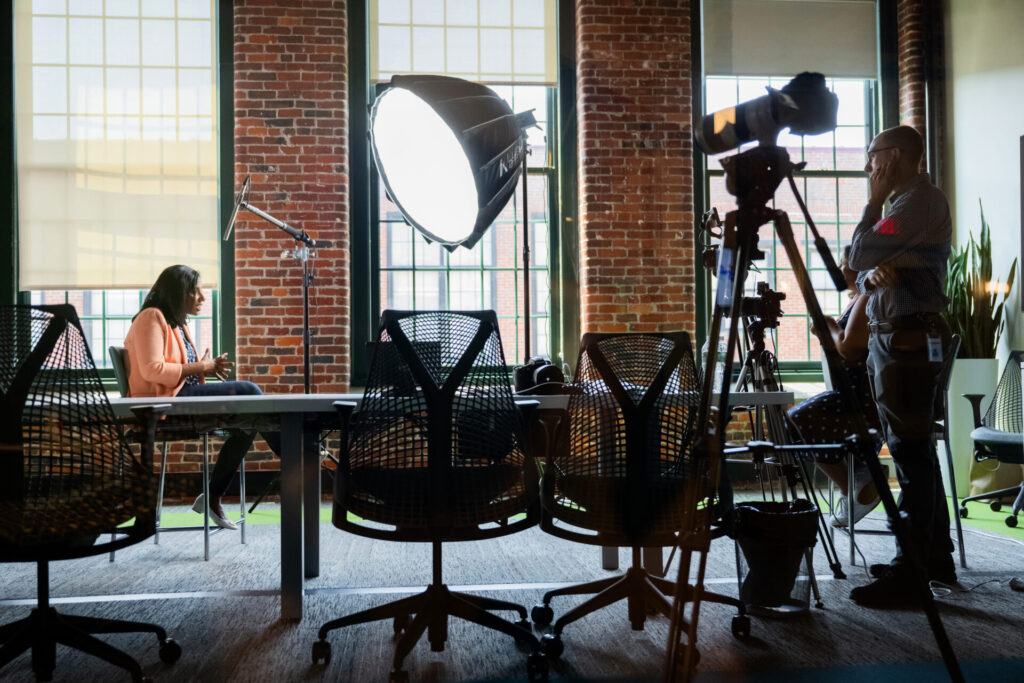
Here’s what to know about lighting:
- Control The Light: The video team will want to control the light as much as possible, so it’s best to find a location that has shades or curtains that can be drawn if needed. In the best lighting setups, your storyteller will be brighter than the background. Being able to control the power of the ambient lighting in the room helps ensure that you can keep the focus on the person speaking.
- Backlighting: When considering the filming angle, keep in mind that too much backlight presents challenges. The most common example of this is an interview with a window behind your storyteller. Filming directly toward a window can be tricky because the lighting constantly changes, and the brightness of the sun can be hard to compete with. If the lighting outside is too bright then your storyteller may look silhouetted.
- Power: Your video crew will need access to power. Make sure that your filming location has adequate outlets so they can plug in their lighting equipment.
How to find the right background for your filming location
That floor in your office with a bunch of empty workspaces (it’s quiet!) with a lot of natural light could be a great place to film. But is it giving your viewer the best representation of your work culture?
A great background has these things in common:
- Is colorful and visually interesting. Look for a space with pops of color and a dynamic—but not too busy—background.
- Represents the environment people work in every day. Videos show a viewer more than they tell. If possible, find a location that helps bring the workplace to life so potential candidates have a sense of where they may work.
- Allows for some natural movement. This could mean filming in a conference room with a glass wall that looks out to the rest of the floor. Your interview subject sits in front of the glass—in the quiet conference room—but the viewer can see what else is happening in the office behind them.
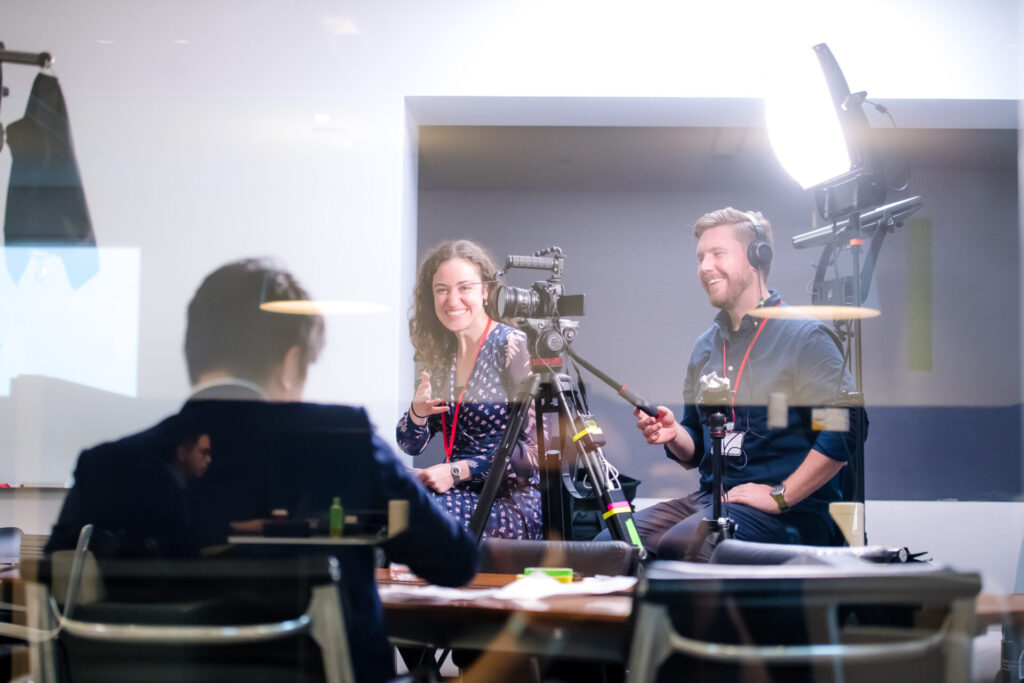
Case study: Finding a filming location in a very busy fitness center
We filmed inside a gym as part of a project for a global fitness chain, capturing employee stories through interviews and b-roll footage.
When scouting for an ideal interview location we are typically looking for a quiet, visually interesting location that is illustrative of the work our client does and what an employee experiences everyday.
While filming in an active gym was a great way to give potential candidates a realistic job preview, finding visually interesting shots that were out of the way of members using the gym proved challenging.
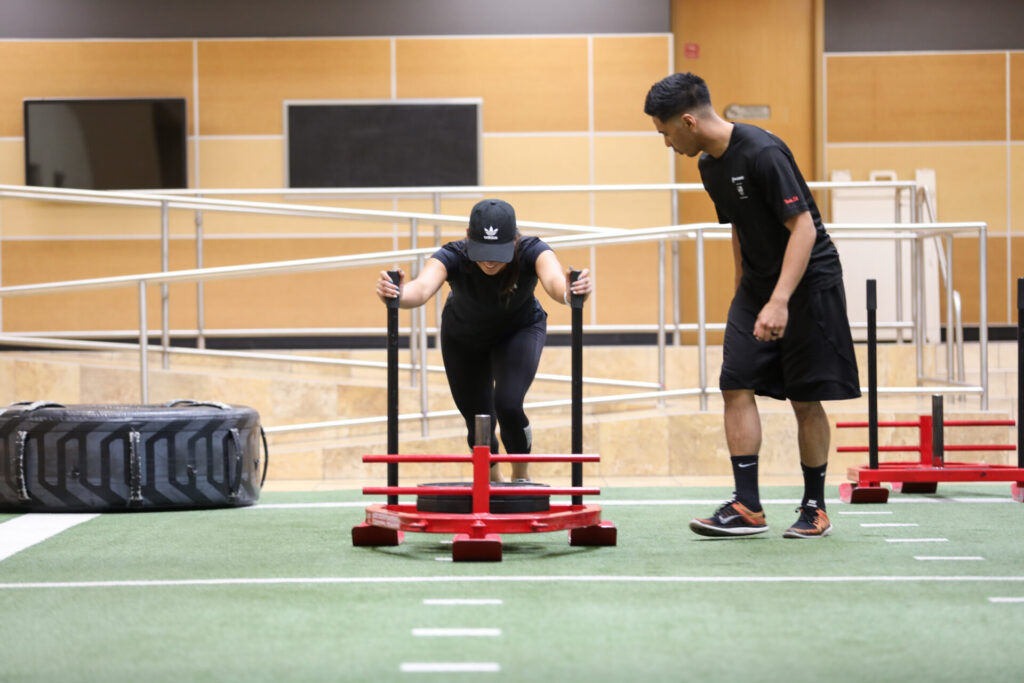
The location we had to work with
A vacant spin room was provided to us by the client. This space is essentially a big room full of stationary bikes which face a large wall-sized mirror that sits on the opposite side of the room.
While the room was quiet, visually interesting and out of the way, the bikes took up most of the floor space. They weren’t easy to move and there wasn’t one great angle from which we could get a wide enough interview shot to include the bikes and wall graphics in the background. Without these elements that made the location so obviously a spin room, it was a nondescript place to film an interview.
“If only we could move the walls, or shoot through the walls, we would have the space that we need to set up a better-looking shot,” we thought.
How we made it work
And then it occurred to us: we may not be able to actually move a wall or shoot through a wall, but what’s keeping us from shooting into a wall?
So, on a whim, we took the interview camera and pointed it at the mirrored wall. After placing the storyteller a few feet in front of the mirror and making a handful of adjustments within the camera, we were pleasantly surprised that the mirror gave the extra bit of “space” we’d been looking for.
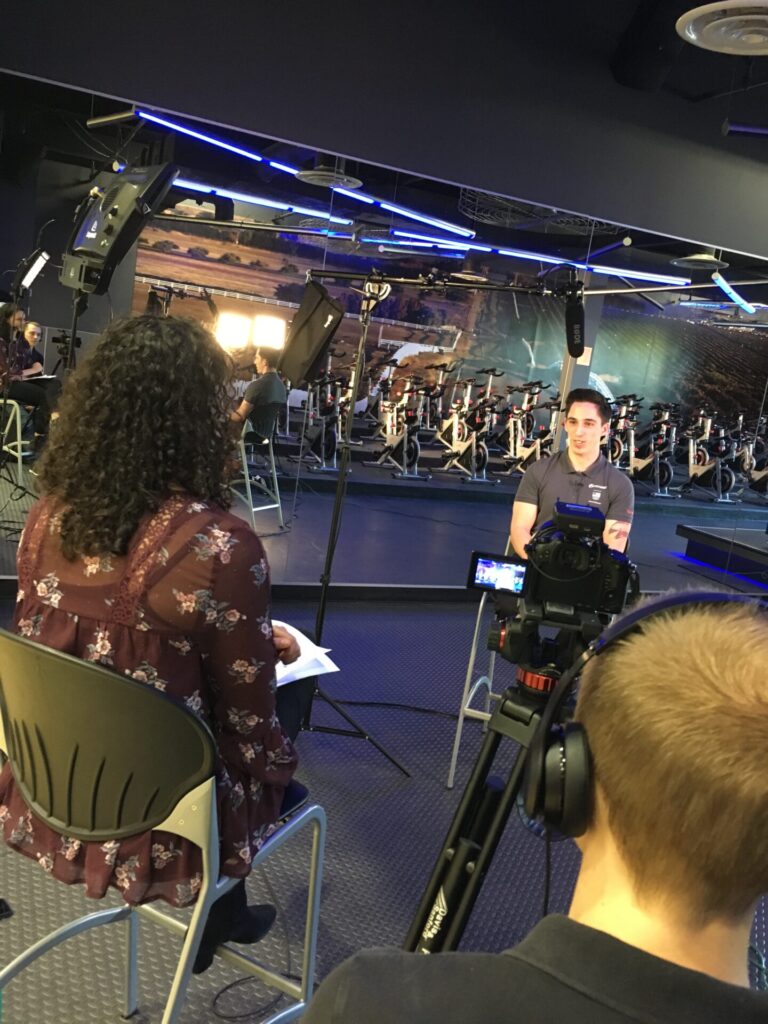
Behind the storyteller we could now see the entire spin room with wall graphics included – even if it was just a reflection.
Here’s what the interview footage looked like:
It’s important to care about filming the realities of a workplace while also being mindful that visually interesting spaces keep video viewers engaged.
This was an instance where small tweaks allowed us to get the shot that we wanted while still remaining undisruptive to the gym’s day-to-day operations.
It’s important to remember how much sound, lighting, and backgrounds matter when creating culture content.

